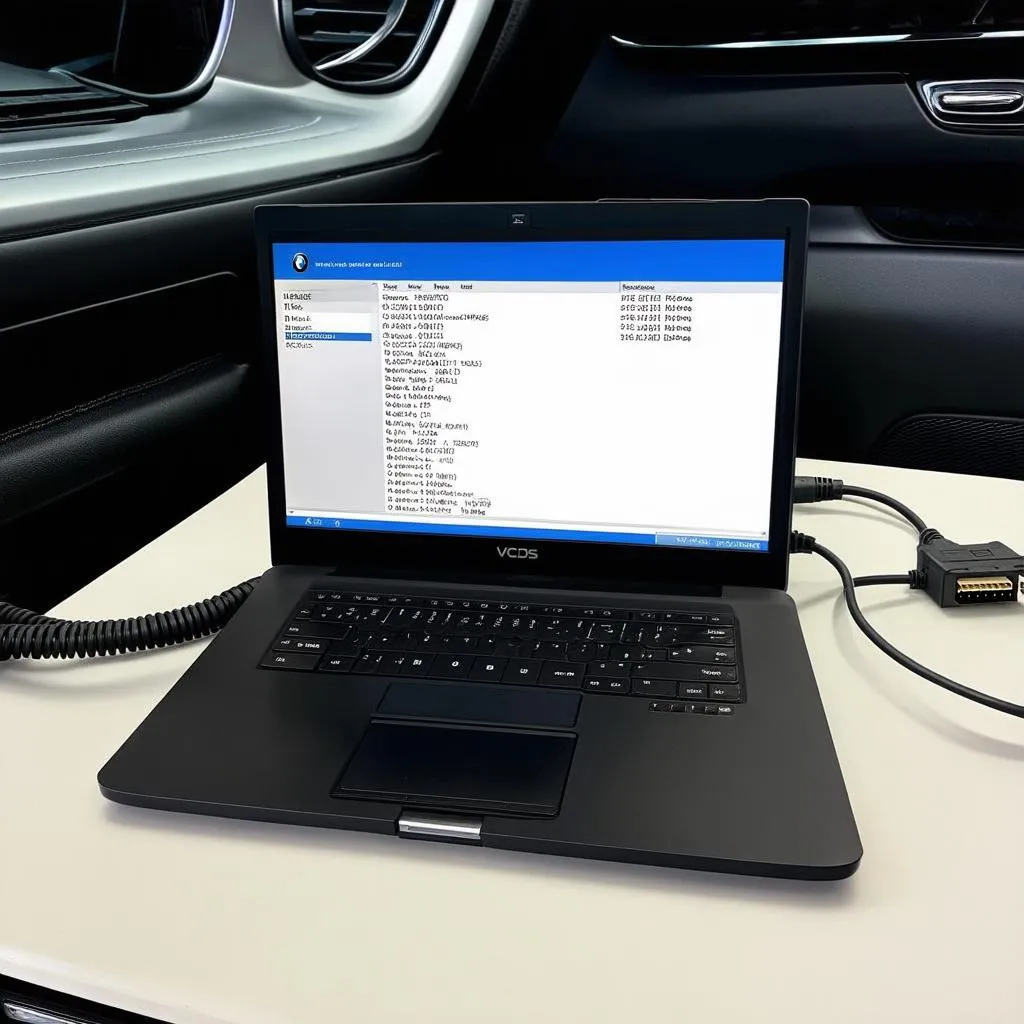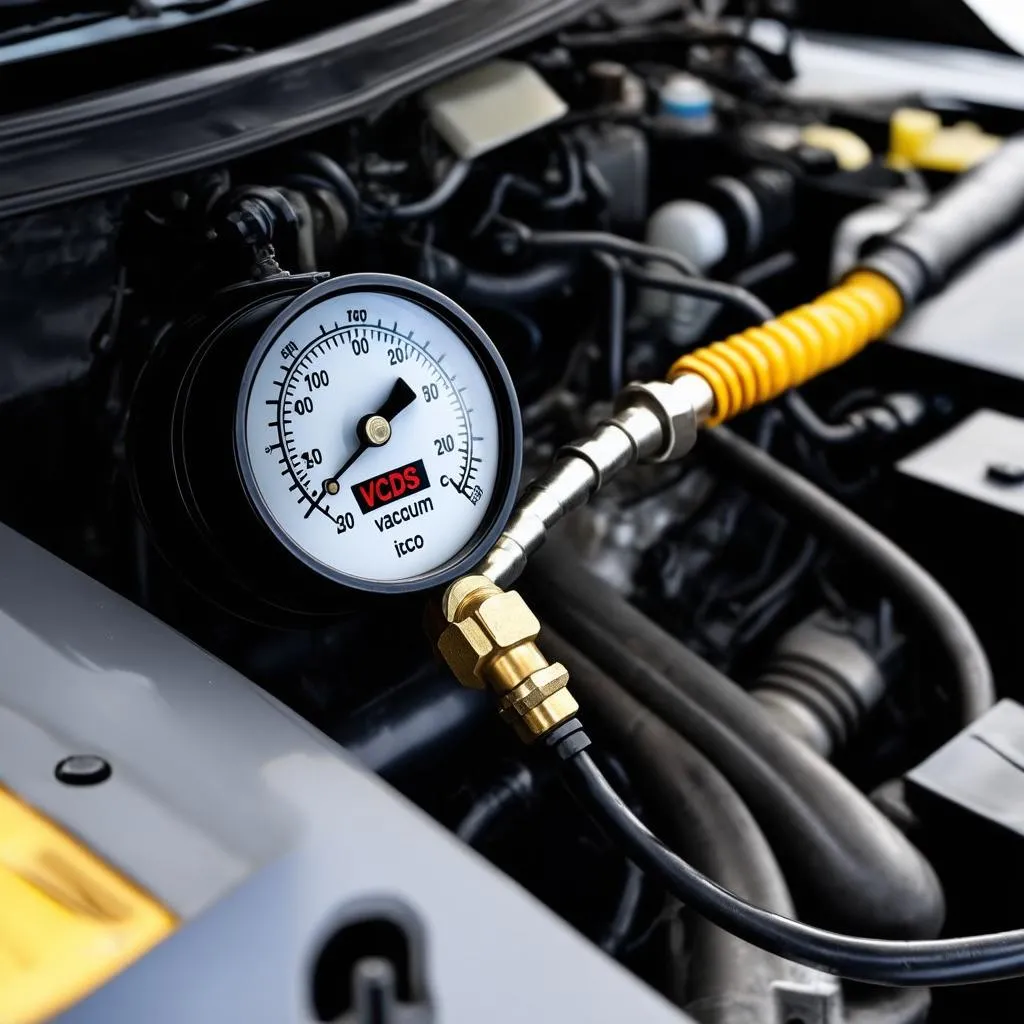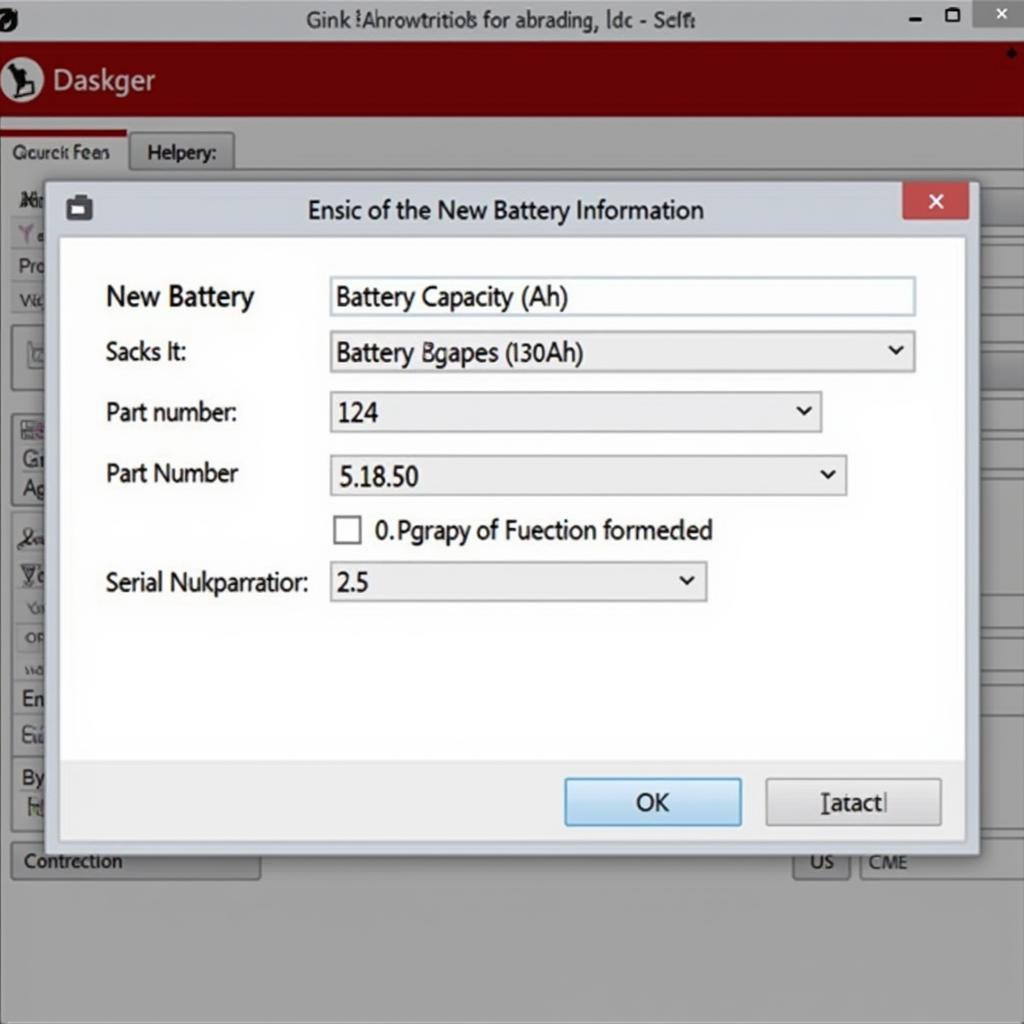The VCDS, formerly known as VAG-COM, is a powerful diagnostic tool for vehicles in the Volkswagen Audi Group (VAG). Among its many features is the ability to perform a vacuum test, a crucial procedure for diagnosing various engine issues. This comprehensive guide delves into the intricacies of the VCDS vacuum test, empowering you with the knowledge to troubleshoot engine problems effectively.
What is a VCDS Vacuum Test?
A VCDS vacuum test essentially analyzes the intake manifold pressure using the Manifold Absolute Pressure (MAP) sensor. By monitoring the vacuum pressure, this test helps identify potential issues such as:
- Vacuum leaks
- Faulty intake manifold gaskets
- Malfunctioning EGR valves
- Clogged catalytic converters
“The VCDS vacuum test is an indispensable tool for any mechanic dealing with VAG vehicles,” states Michael Thompson, a seasoned automotive engineer with over 20 years of experience in the field. “It provides invaluable insights into the engine’s health and helps pinpoint problems that might otherwise go unnoticed.”
Performing a VCDS Vacuum Test
Prerequisites
Before initiating a VCDS vacuum test, ensure you have the following:
- A compatible VCDS interface and software
- A laptop or PC
- A well-ventilated area
Steps
- Connect your VCDS interface to your vehicle’s OBD-II port and your laptop.
- Turn on the ignition but do not start the engine.
- Launch the VCDS software and establish communication with your vehicle.
- Select “Engine” from the control module list.
- Navigate to “Measuring Blocks – 08”.
- Choose the measuring block that displays the MAP sensor readings.
- Start the engine and observe the vacuum pressure readings.
 VCDS Vacuum Test Setup
VCDS Vacuum Test Setup
Interpreting the Results
Normal Vacuum Readings
A healthy engine typically exhibits a steady vacuum pressure reading between 18-22 inHg at idle. This indicates a well-sealed intake manifold and proper engine operation.
Abnormal Vacuum Readings
- Low Vacuum (below 18 inHg): This could signify a vacuum leak, a faulty PCV valve, or a restricted exhaust system.
- Fluctuating Vacuum: Fluctuations in the vacuum pressure often point to a leak in the intake manifold gasket, a malfunctioning EGR valve, or worn valve train components.
- No Vacuum: An absence of vacuum suggests a significant blockage in the intake or exhaust system.
 VCDS Vacuum Gauge
VCDS Vacuum Gauge
Frequently Asked Questions
Q: Can I perform a VCDS vacuum test on a non-VAG vehicle?
A: No, the VCDS software and interface are specifically designed for VAG vehicles. For other car brands, you’ll need a compatible diagnostic tool.
Q: What should I do if I detect a vacuum leak?
A: If you suspect a vacuum leak, thoroughly inspect all vacuum hoses and connections for cracks or looseness. Additionally, check the intake manifold gasket for signs of damage.
Q: Can Cardiagtech help me with VCDS troubleshooting?
A: Absolutely! Cardiagtech offers a range of resources, including articles and diagnostic tools, to assist you with VCDS-related issues.
Conclusion
The VCDS vacuum test is an invaluable diagnostic tool for identifying and resolving engine issues in VAG vehicles. By understanding how to perform and interpret the test results, you can effectively troubleshoot engine problems and keep your vehicle running smoothly. If you encounter any challenges or require further assistance, don’t hesitate to contact CARDIAGTECH for expert guidance and support.


